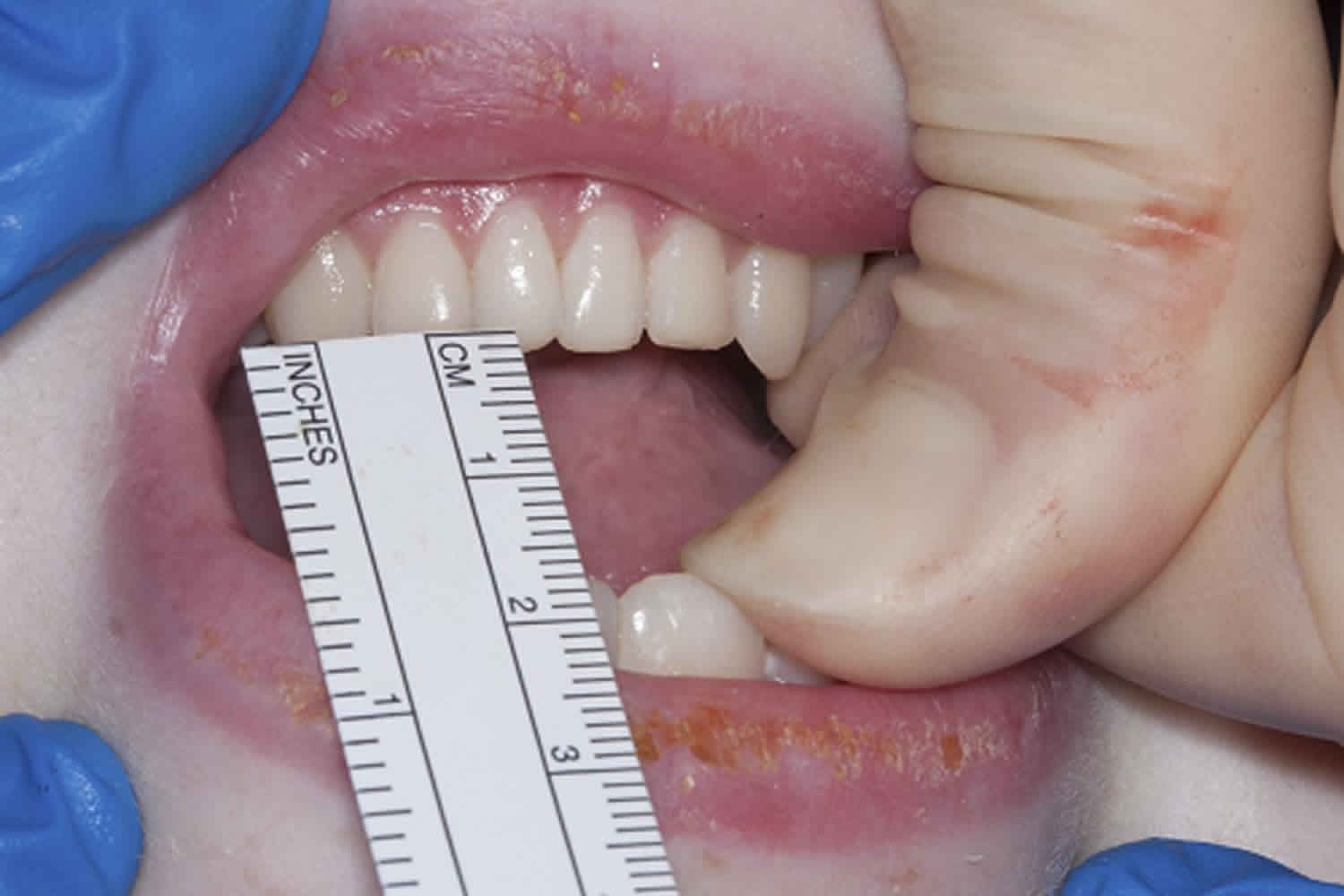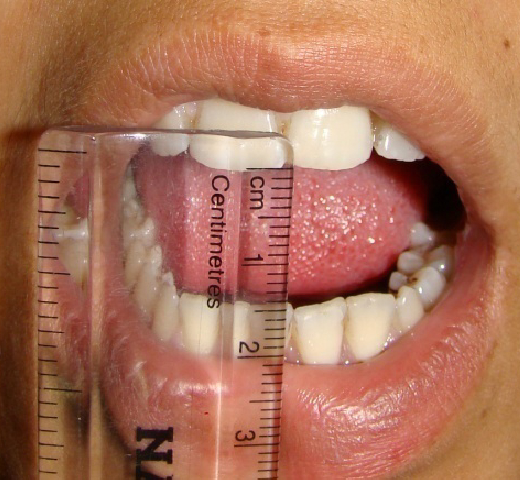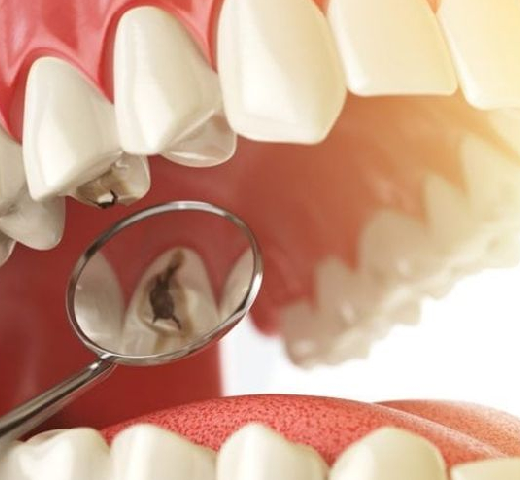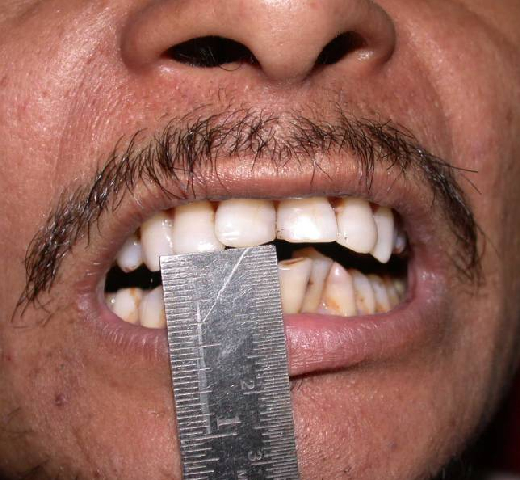
Treatment of reduced mouth opening, a condition often referred to as trismus, involves addressing the underlying cause to improve jaw mobility and alleviate symptoms. Trismus can result from various factors, including temporomandibular joint disorders (TMJD), trauma, radiation therapy for head and neck cancers, or oral submucous fibrosis, especially in chewers of areca nut. Management strategies include physical therapy exercises aimed at gradually increasing the range of motion, pharmacological treatments to reduce inflammation and pain, and in certain cases, surgical interventions to release or repair the affected tissues.
Use of mouth opening devices, warm compresses, and stress reduction techniques may also be recommended to enhance treatment outcomes. Early diagnosis and tailored treatment plans are crucial for effective management and preventing complications associated with trismus.
Treatment of reduced mouth opening F&Q
Reduced mouth opening, or trismus, can be caused by temporomandibular joint disorders (TMJD), oral submucous fibrosis, radiation therapy for head and neck cancers, trauma, infection, and prolonged use of certain medications.
Diagnosis typically involves a clinical examination, assessment of the patient’s history, measurement of the mouth opening, and imaging tests like X-rays or MRIs to identify the underlying cause.
Initial treatments may include physical therapy exercises to improve jaw mobility, medications to relieve pain and inflammation, and patient education on practices that promote healing, such as soft diets and avoiding exacerbating behaviors.
Yes, jaw stretching and strengthening exercises, guided by a physical therapist or a dentist, can significantly help in increasing the range of mouth opening and improving jaw function over time.
Surgery may be considered when conservative treatments fail to improve mouth opening, or when there’s a need to remove scar tissue, correct abnormalities, or treat the underlying cause directly, such as in severe cases of TMJD or oral submucous fibrosis.
Patient compliance with prescribed treatment regimens, including performing daily exercises, attending follow-up appointments, and making lifestyle adjustments, is crucial for achieving the best possible outcomes and preventing further complications or deterioration of the condition.












